Eurozone PMI manufacturing was finalized at 47.9, revised up from 47.8. It was just a slight improvement from March’s six-year low of 47.5. Also, it’s in contraction region below 50 for three consecutive months. Markit noted there were further marked fall in new orders recorded. Also, Germany continues to lead downturn but Greece expands at fastest rate in nearly 19 years.
Looking at the member states, German’s reading was revised down to 44.4, a two month high but remained close to March’s 80-month low at 44.1. Italy and Austria stayed in contraction at 49.1 and 49.2 respectively. France reading was revised up to 50.0, indicating flat activity. Greece reading, though, rose to 226-mont high at 56.6.
Commenting on the final Manufacturing PMI data, Chris Williamson, Chief Business Economist at IHS Markit said:
“The manufacturing sector remained deep in decline at the start of the second quarter. Although the PMI rose for the first time in nine months, the April reading was the second-lowest seen over the past six years, signalling a deterioration of overall business conditions for a third successive month. The survey’s output index is indicative of factory production falling at a quarterly rate of approximately 1%, setting the scene for the goods producing sector to act as a major drag on the economy in the second quarter.
“The downturn remains the fiercest in Germany, with Italy and Austria also in decline and France stagnating. Spain’s expansion remains only modest.
“Some encouragement can be gained from the PMIs having risen in all four largest euro member states in April, and forward-looking indicators such as future expectations, new order inflows and the orders-to-inventory ratio having all come off their lows. But it remains too early to call a turning point, especially as future sentiment remains around its lowest level since the end of 2012, hinting that the manufacturing downturn will persist in the coming months.
“The surveys continue to see widespread concerns over weak global demand as well as reports of businesses struggling amid rising trade protectionism, Brexit and the subdued auto sector.
“The steepest fall in backlogs of work since late 2012 meanwhile suggests firms will increasingly look for cost-cutting opportunities and exercise increased caution with respect to hiring.”




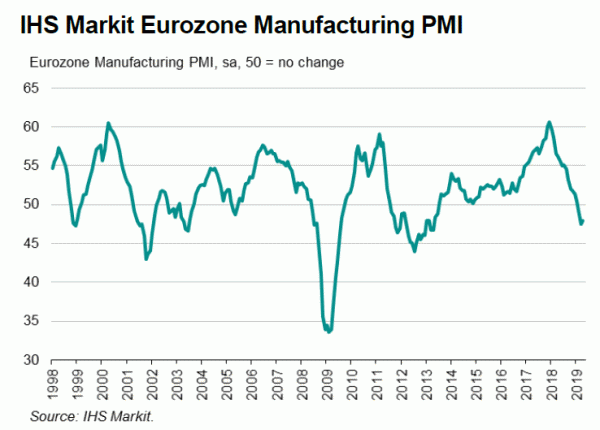
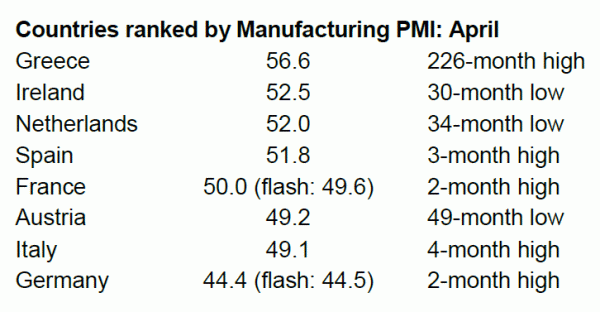
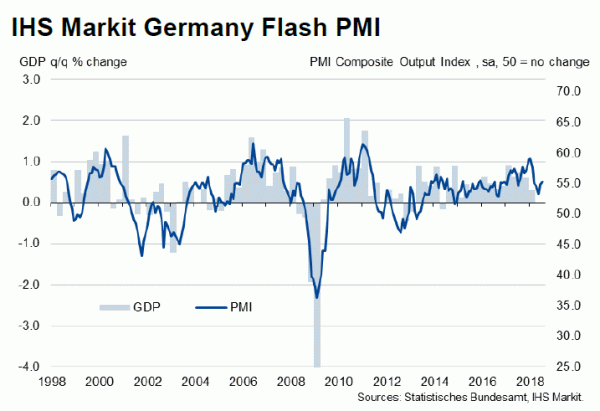
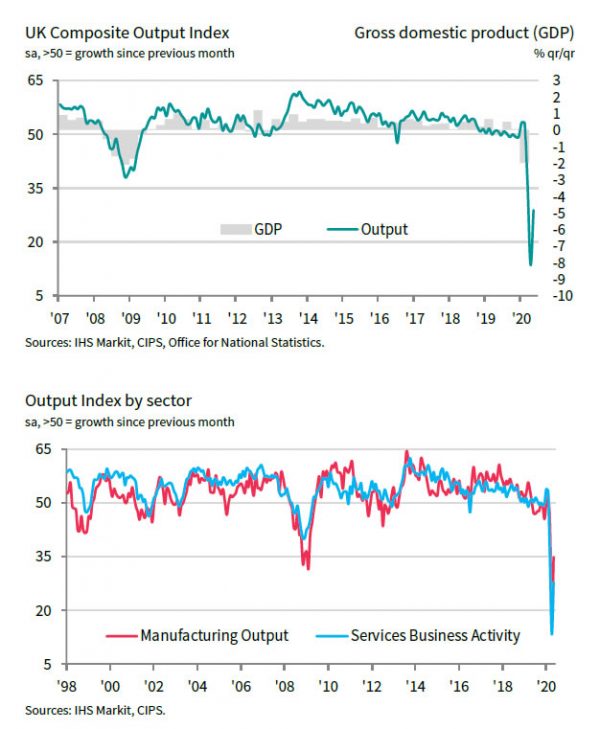
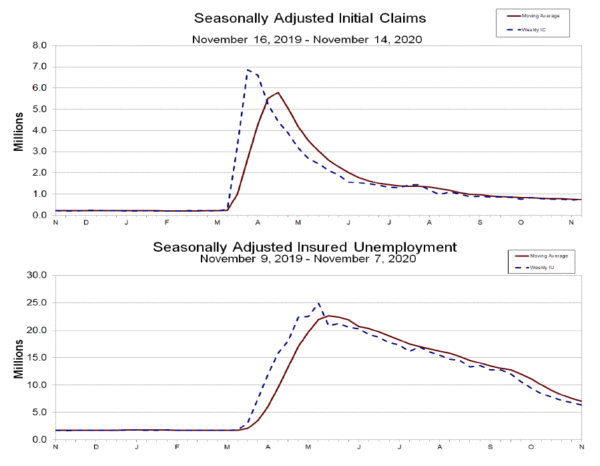
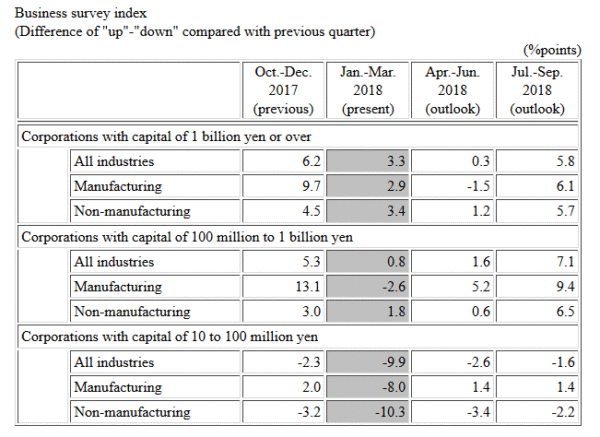
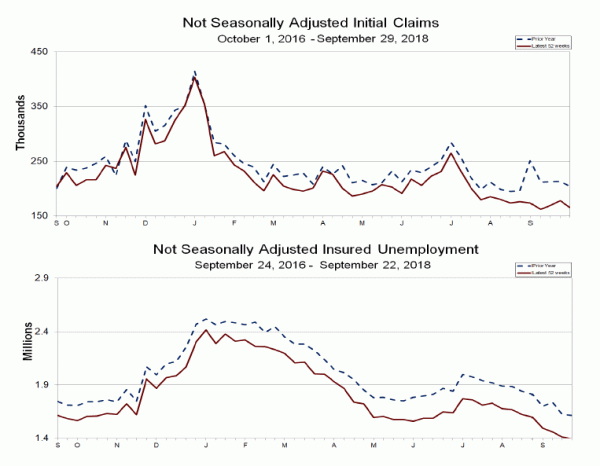

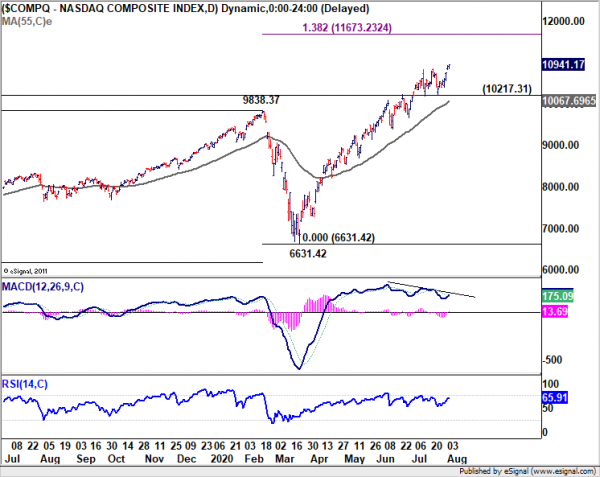
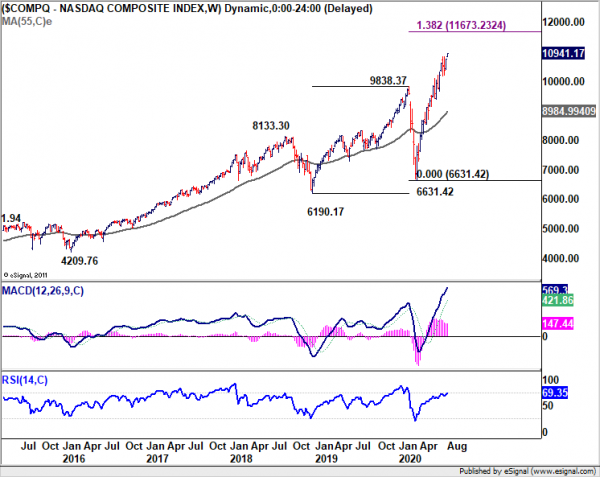
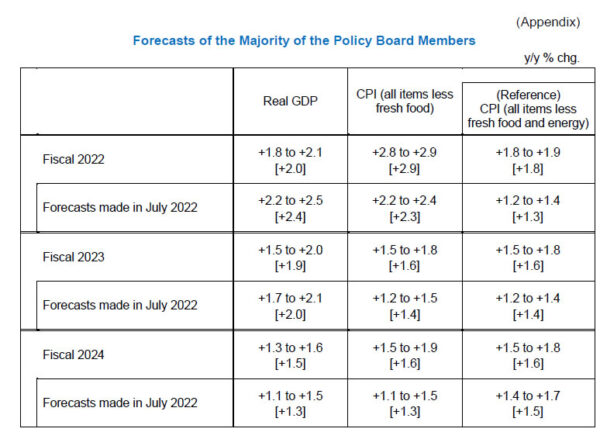
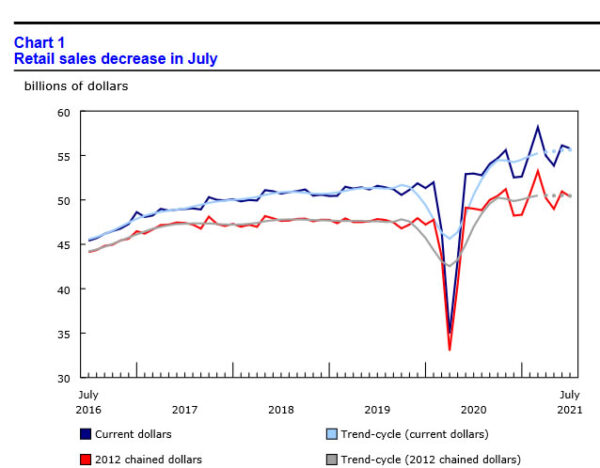
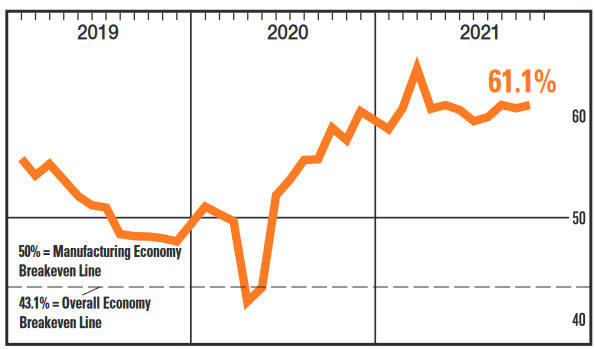
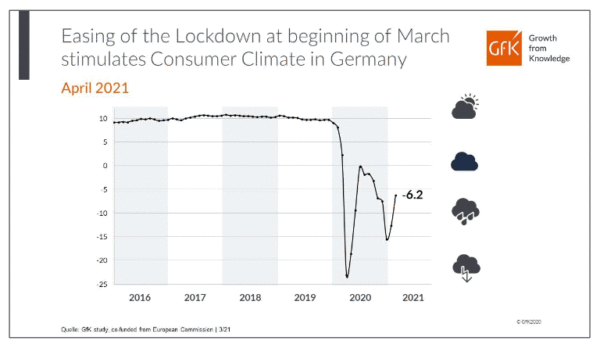
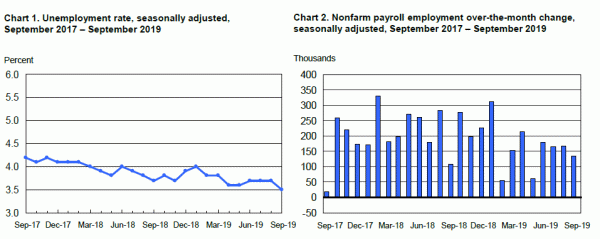
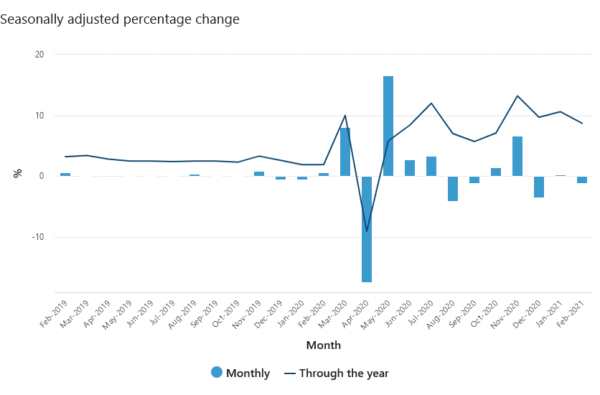

US ADP jobs grew 2369k in Jun, May revised up to 3065k increase
US ADP employment report showed 2369k growth in private sector jobs in June, below expectation of 3000k. Nevertheless, May’s figure was revised sharply higher from -2760k loss to 3065k growth. By company size, small businesses added 937k jobs, medium businesses added 559k, large businesses added 873k. Goods-producing sector added 457k jobs while service-providing sector grew 1912k.
“Small business hiring picked up in the month of June,” said Ahu Yildirmaz, vice president and co-head of the ADP Research Institute. “As the economy slowly continues to recover, we are seeing a significant rebound in industries that once experienced the greatest job losses. In fact, 70 percent of the jobs added this month were in the leisure and hospitality, trade and construction industries.”
Full release here.